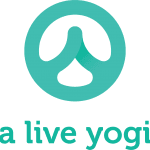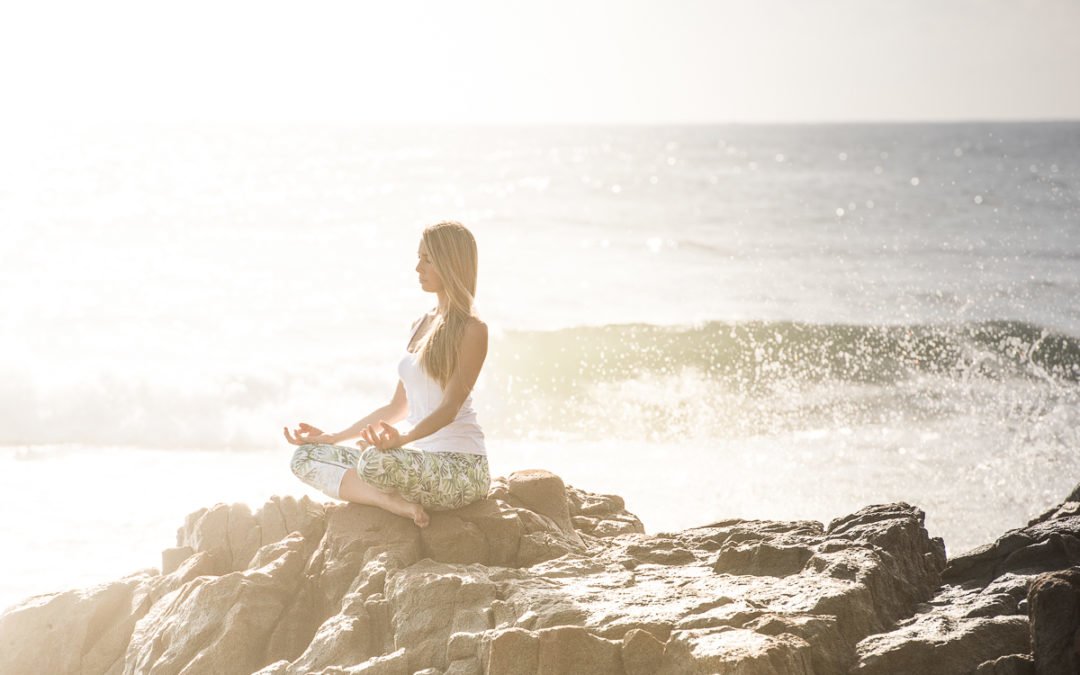Have you ever noticed the hand and finger gestures your teacher is using in their poses? These are little added elements of the practice that we are going to explore today. They are called mudras and are a symbolic gesture, with roots in Hinduism and Buddhism. The word mudras, is a Sanskrit word, meaning seal or closure. Therefore, the mudras are gestures, used in practice, to create an energetic seal in the body. They are made mainly with the fingers and hands, however, some use the whole body. We use the mudras to stimulate different parts of the body and affect the flow of energy throughout.
While most of the mudras are used during meditation, while seated, some are used while holding various poses in yoga as well. They are often used in conjunction with breathing exercises called Pranayama. You will recognise a lot of these from your yoga teachers. Below are a few common mudras we use in yoga, with when and why we use them.
Gyan Mudra
The Gyan Mudra, also called the chin mudra is the seal of consciousness. This is probably one of the most associated symbols with yoga. Used in pranayama, meditation and asana, this mudra lifts you up, connects you to your higher self and puts you in a calmer and receptive state. Sitting cross legged, place your hands on each knee, with palms facing up and connect your thumb to your pointer finger in each hand. Try this the next time you need to quickly calm your mind.
Prana Mudra
The Prana Mudra, nicknamed the life force seal, is the mudra of your entire energy. Used in pranayama, meditation and asana, this mudra lifts your vitality and shines outward. Place your arms out front, and connect your thumb to your ring and pinkie finger. Breath in and feel your energy raise. The force is with you. Try this the next time you need a kick of energy and focus.
Mrigi Mudra
The Mrigi Mudra, also called the deer seal, is a nose breathing technique that seals part of your nose while you practice breathing techniques, or pranayama. Using your thumb and ring finger, you rotate closing one nostril at a time while breathing through the other. Try this before going to bed at night, to align your breathing.
Dhyana Mudra
The Dhyana Mudra is a meditation seal and used therefore mostly in meditation, but also pranayama and asana. This is a great mudra for bringing your focus into the moment. Sitting tall or standing, bring your arms out to your sides and fold the elbows so that your hands meet in the middle and rest in front of your belly button. Your hands should be upturned with your right hand on top of the left. Try this in your next tree pose.
Anjali Mudra
The Anjali Mudra is a mudra you are probably already doing. This mudra is also called the salutation seal and is a prayer mudra, which you have most likely used at the end of a yoga class when thanking your teacher. Bring your hands together in front of you to pray, and bow your head. Use this the next time you roll out your mat, and thank yourself for showing up and making a commitment to you.
Other Types of Mudras
While we have focused on hand mudras here, there are many other mudras to explore, such as head, postural, lock and perineal.
See how many mudras you notice in your practice now. Reflect on them and think about adding them in. Notice, without judgement, how they might make you feel. Do you feel the seal; can you feel the prana flowing around your body? Are you feeling calmer by using the gyan mudra in your meditation? How interesting it is to add in these different elements and grow our practice!
Enjoy adding this extra element to your practice.
Looking for online yoga classes? We have hundreds in our Class Guide and add more weekly. Not a member of A Live Yogi? Join today!
Namaste.

